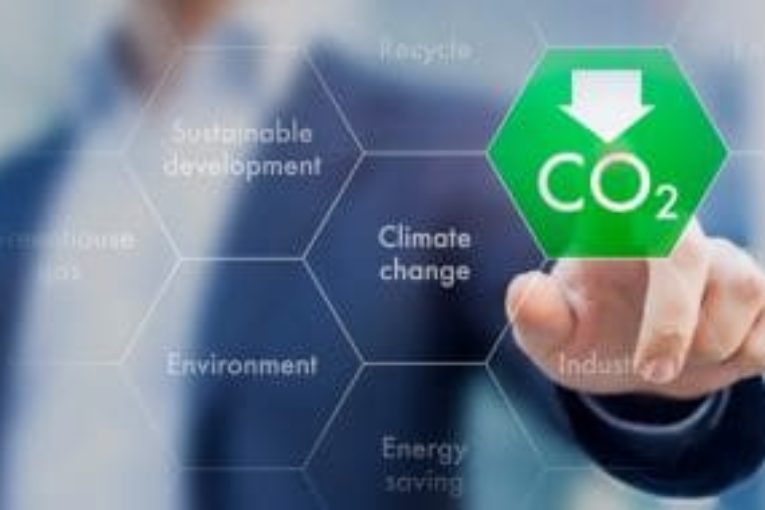
The Alberta government recently announced a new step towards its Climate Leadership Plan goals in transitioning from the Specified Gas Emitters Regulation (SGER) for large emitters to the Carbon Competitiveness Incentive Regulation (CCIR). Electricity generation facilities will be subject to a “good-as-best gas” output-based allocation of 0.370 tonnes of greenhouse gas (GHG) emissions per megawatt hour. Wind generators, which produce no GHG emissions, will be eligible to create and sell credits to large emitters across the Alberta economy to help them comply with their emission reduction obligations when they are producing GHG emissions above their regulated allocations. Overall the CCIR sends a strong market signal that will accelerate Alberta’s efforts to reduce greenhouse gas emitting electricity generation and shift to zero-carbon-emitting wind energy and other renewable energy options.
A little history
The SGER, which came into effect in 2007 and was then later amended in 2015, requires facilities that emit 100,000 tonnes or more of GHGs a year to reduce their emissions intensity. These companies, about 167 in total in 2013, can improve operations, purchase carbon offset credits or pay $15 per tonne ($30 after the amendment) of GHG emissions to the Climate Change and Emission Management Fund. Alberta Environment and Parks says that as of June 2016, the program has resulted in cumulative reductions of 69 million tonnes of GHG.
According to a November 2015 paper written for the University of Calgary School of Public Policy, the SGER resulted in a three per cent reduction in total emissions over the lifetime of the regulation, relative to what they would have been without the regulation. The study also found that emissions increased by nearly 11 per cent between 2007 and 2014, with the SGER only slowing that growth by one percentage point[1].
According to the paper cited above, companies regulated under the program often paid the levy or purchased carbon offsets rather than reducing emissions. When companies paid their penalties, it went into a fund to support development of carbon reduction technologies, which did not often result in equivalent emissions reductions.
What’s new?
In November 2015, the Climate Change Panel made several recommendations for updating the SGER to better reflect the needs of industries in Alberta, including facilities receiving emissions allocations in proportion to output or value added. Additionally, they recommended that these allocations would reflect top-quartile performance in each industry, and would decrease over time at one to two per cent per year, to reflect expected energy efficiency improvements. Another recommendation would provide facilities below the 100,000 tonne per year threshold the option to opt-in to the heavy emitter program rather than pay an end-use carbon tax, if it is advantageous to do so.
On December 6, 2017, the government announced that Alberta will transition from the SGER to the CCIR in January 2018. The CCIR applies to facilities in high emitting, trade exposed industries, providing them with a standard against which to apply their compliance obligations. That is, if a facility emits carbon at a lower intensity than the set standard for their industry, the company is not required to take compliance action and may generate tradeable credits. If it emits at a higher intensity than the industry standard, it must choose between paying the carbon tax or making verifiable reductions on those additional emissions. These facilities may also purchase credits from lower emitting facilities, although the regulation puts an annual cap on how many credits may be used to meet compliance obligations.
While the made-in-Alberta foundations of the SGER are maintained, including the 100,000 tonne threshold, the main difference is now facilities in the same sector, which produce the same product, share a performance standard. Additionally, this standard is subject to a schedule that will make the standard more stringent over time and large GHG emitters will also be subject to an increasing carbon tax.
Why is this important for the wind industry?
The CCIR supports Alberta’s efforts to accelerate the replacement of existing emitting electricity generation with zero-emitting wind energy and other renewable options. Using the “good-as-best gas” standard, and committing to strengthening that standard over time, sends a clear market signal that Alberta values a greener, more diversified electricity supply and a more sustainable growth path.
The CCIR also allows non-emitting, renewable energy generators to opt into the program to generate and trade credits within the province. Although the CCIR includes a cap on how much of the compliance obligation can be met with credits in a given year, it does provide an opportunity for Alberta’s current 1,500 MW of operating wind facilities and proposed new wind projects not in the Renewable Energy Program to secure a new revenue stream through this new GHG offset market.
[1] https://www.policyschool.ca/wp-content/uploads/2016/03/gas-emitters-regulation-winter-dobson.pdf
Want to learn more? Check out these blogs about wind energy in Alberta.
Prairies Regional Director at the Canadian Wind Energy Association
You can read more of the news on source



